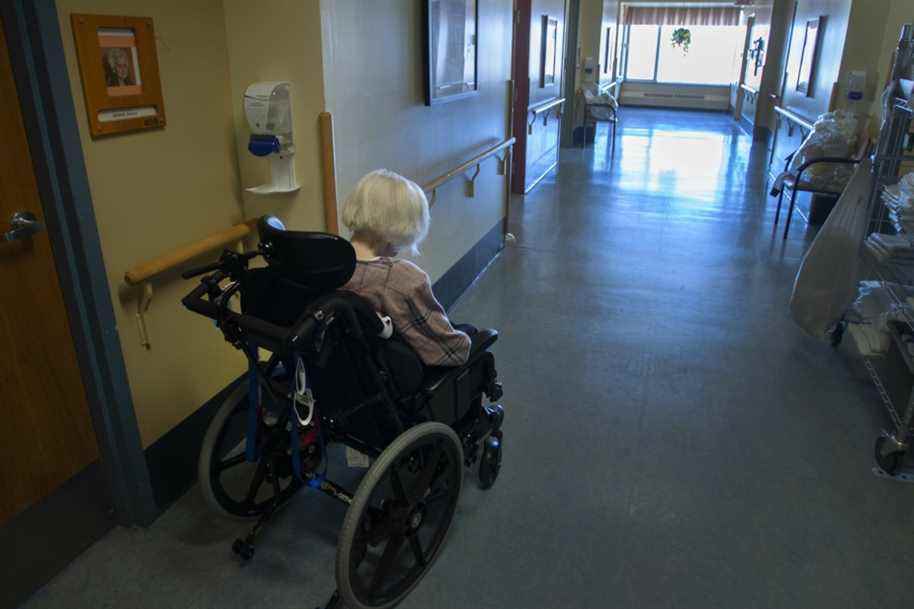While Quebec is trying to come to terms with the now manifest serious negligence that was observed in CHSLDs at the start of the pandemic, let us avoid pointing too quickly in a given direction. Without a shadow of a doubt, those pulling the strings from above have made questionable decisions, but the desolation is far beyond the obvious. In a way, we are globally responsible for what happened.
The latest report from the Québec Ombudsperson marks an important step in understanding what went wrong in the chain of command and why so many people have lost their lives needlessly.
Rushed reactions, understaffing, lack of training and personal protective equipment, and miscalculations are some of the findings our government and our health care system must now address.
The difficult lessons learned from these unfortunate choices will undoubtedly lead to changes in the way CHSLDs operate in the province. The report makes many recommendations in this regard. However, this is only the tip of the iceberg, a band-aid on a gaping wound.
As people who have spent their careers caring for vulnerable populations on the front line of health care would say, the devastating events that have occurred in CHSLDs are the result of a ticking time bomb.
The coronavirus may not have been predictable, but the consequences of the continued neglect of stigmatized populations were. It is shameful that it has taken a global pandemic and thousands of deaths for governments and society in general to notice what has been hanging around our noses for decades.
Stigma and silence
The situation in CHSLDs which required the intervention of the Protectrice du citoyen dates from well before the pandemic. The alarm has been ringing for years without being heard. Humanity easily turns a blind eye to the plight of people who do not conform to the mold. Seniors, people with disabilities and those with mental illness are parts of society that slip through the cracks, without the necessary recognition, support or funding.
Stigma feeds on silence and we have all been silent for too long. This time it was the elderly who paid the price, often with their lives. Let’s not mistakenly think it’s over. In truth, this may be just the beginning, as the loopholes in the foundations of a health care system built on the neglect of the stigma and the people who suffer it are increasingly exposed. The foundations are shaken and we must all consider this before the structure crumbles further.
The recommendations made by the Office of the Ombudsperson stipulating that it is necessary to provide “continuous care while respecting the rights and dignity of the people lodged” must transcend long-term care, and the horror scenarios that occur. ‘took place there during the pandemic.
Stigmatized populations need to be recognized and supported before the next disaster strikes, before we collectively find ourselves once again wondering how something so obvious can go so wrong.
It may be simpler (and necessary) to lay the blame on the emcees, but without an audience there is no performance.
As we accept with difficulty the disturbing conclusions of the Ombudsperson’s report and as we strive to clean up after the storm, let us not be too hasty in appointing those responsible without first examining this collective behavior which allowed our company from chasing dust under the carpet for too long.
* Susan Mintzberg’s research focuses on the role of family caregivers in mental health.

